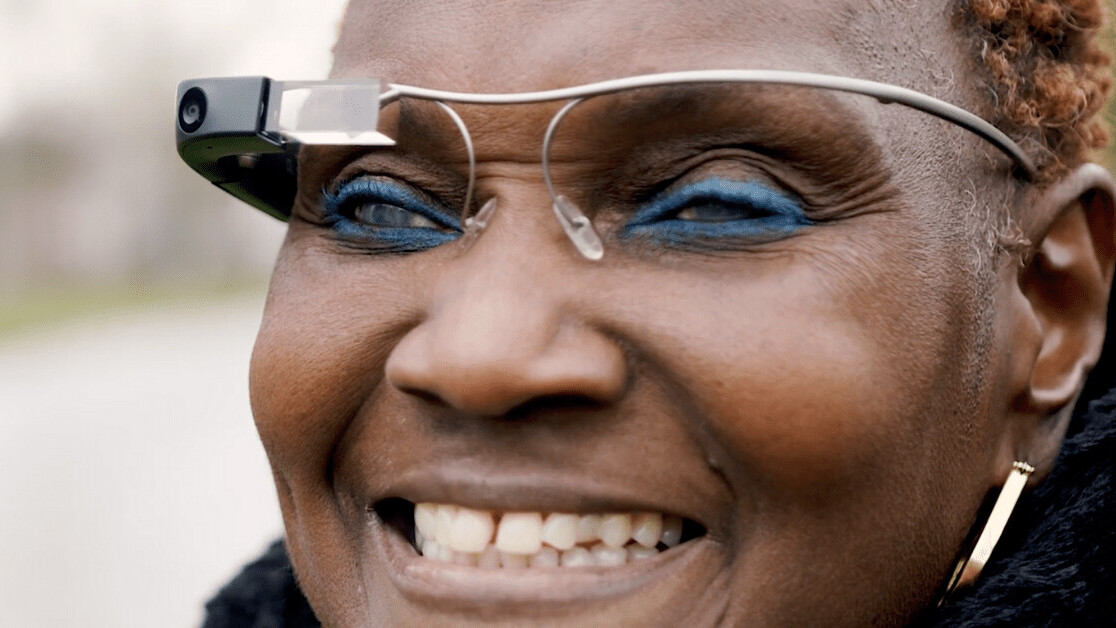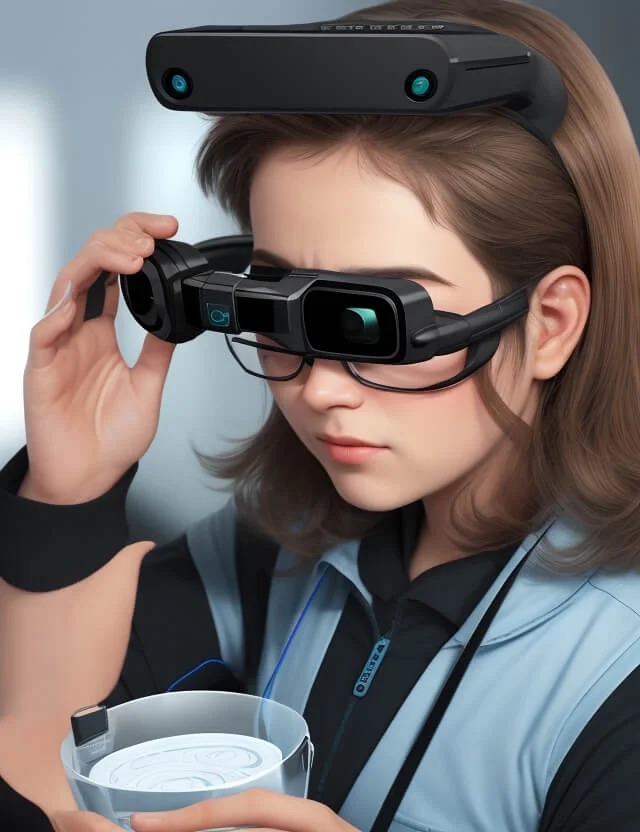OCR Devices for the Blind: Breaking Barriers with Optical Character Recognition
OCR Devices for the Blind: Breaking Barriers with Optical Character Recognition
Blog Article
Discover Advanced Assistive Devices for People With Visual Impairments
The landscape of assistive innovation for people with aesthetic problems is developing quickly, presenting a variety of cutting-edge gadgets that enhance freedom and involvement (Braille displays and notetakers). From wise glasses that perfectly combine aesthetic input with auditory assistance to innovative navigation applications that redefine spatial recognition, these tools are improving possibilities. Additionally, the most recent developments in Braille modern technology and voice-activated systems considerably add to accessibility. Nevertheless, the effects of these growths extend much past simple performance; they challenge standard perceptions of impairment and self-reliance. What might this mean for the future of inclusion and assistance?
Smart Glasses Innovations
Smart glasses represent a substantial advancement in assistive modern technology for individuals with aesthetic impairments. These innovative gadgets integrate various features made to boost the user's interaction with their atmosphere. Equipped with sensing units and video cameras, smart glasses can capture real-time aesthetic details, which is after that processed and shared to the user through sound responses or haptic feelings. This performance enables individuals to receive prompt summaries of their surroundings, improving their capability to browse and involve with the globe.
Furthermore, developments in expert system have actually further enhanced the capabilities of clever glasses. Artificial intelligence algorithms can recognize faces, read message, and determine objects, making them indispensable tools for day-to-day jobs. Individuals can obtain auditory hints that supply context concerning their atmosphere, fostering independence and self-confidence.
Furthermore, the ergonomic design and light-weight nature of numerous wise glasses make them ideal for prolonged usage, making sure comfort while enhancing functionality. As these tools remain to progress, they hold the prospective to revolutionize the method individuals with visual impairments experience their lives, linking the void in between ease of access and modern technology. The recurring r & d in this field promise to increase the possibilities for wise glasses, making them a crucial element of modern-day assistive tools.
Navigation Application and Tools
Numerous navigating applications and tools have actually become essential sources for people with aesthetic disabilities, significantly boosting their capability to go across strange environments. These innovations leverage general practitioner capability, audio cues, and real-time information to give users with specific navigation assistance.
One prominent example is the Aira app, which links users to experienced agents that can give aesthetic summaries of environments and navigation support via an online video clip feed. This solution boosts the customer's spatial understanding and self-confidence while browsing. An additional notable tool is Seeing Eye GPS, which uses voice-guided navigation and factors of passion, making it possible for users to gain access to crucial details about their surroundings.

As innovation continues to advance, the advancement of much more sophisticated navigation tools promises to more equip individuals with visual impairments, helping with smooth flexibility and combination right into varied environments. Such technologies are instrumental in promoting a additional reading more comprehensive culture.
Braille Innovation Improvements
Over the last few years, advancements in Braille innovation have substantially changed how people with aesthetic disabilities accessibility details and involve with the world around them. The growth of mobile Braille display screens has actually reinvented analysis by permitting users to attach wirelessly to computer systems, smartphones, and tablets. These devices convert text into Braille in real-time, making it possible for smooth interaction with digital web content.
Furthermore, ingenious Braille printers have emerged, enhancing the production of responsive products. Modern embossers are much faster and extra efficient, permitting the fast development of Braille files and academic products. This efficiency minimizes the moment and cost connected with creating Braille sources, making them more available to companies and institutions.
Additionally, the assimilation of Braille with other modern technologies, such as expert system and artificial intelligence, has opened brand-new opportunities for customized discovering experiences. Voice recognition and synthesis innovations can complement Braille, providing an inclusive technique to info dissemination.
As the need for inclusive education glaucoma and learning and office environments grows, these technological advancements play a critical function in equipping people with visual disabilities, guaranteeing they have equal access to info and chances in different facets of life.
Wearable Gadgets for Freedom
A growing range of wearable gadgets is improving self-reliance for people with aesthetic impairments, using ingenious solutions that boost navigation and daily living. Braille displays and notetakers. These devices use sophisticated modern technologies to offer real-time comments and assistance, promoting freedom in numerous environments

Wearable technology likewise includes smartwatches that can be programmed with availability functions, making it possible for users to receive notices, track their locations, or even ask for assistance with the touch of a button. Moreover, some tools incorporate synthetic intelligence to evaluate the environment, offering audio descriptions of close-by things or individuals.
Voice-Activated Assistive Solutions
Leveraging voice-activated assistive solutions has actually changed the landscape of assistance for individuals with visual problems, supplying hands-free communication and access to a range of jobs. These technologies use all-natural language handling and expert system to make it possible for customers to do day-to-day activities through easy voice commands.

Moreover, current advancements in voice recognition accuracy have improved the customer experience considerably, fitting diverse accents and speech patterns. This inclusivity guarantees that more individuals can benefit from these modern technologies, cultivating a better sense of autonomy.
Final Thought
To conclude, glaucoma treatment the growth of innovative assistive tools considerably improves the freedom and lifestyle for individuals with visual impairments. Developments such as wise glasses, navigation applications, Braille innovation, wearable tools, and voice-activated options jointly foster an even more inclusive setting. These modern technologies encourage individuals to browse their environments with confidence and involve even more totally with the world, inevitably advertising greater accessibility and equal chances for people dealing with aesthetic difficulties.
The landscape of assistive innovation for people with visual disabilities is advancing swiftly, offering a variety of cutting-edge tools that boost freedom and involvement.Smart glasses stand for a considerable innovation in assistive modern technology for people with visual disabilities. As these gadgets continue to progress, they hold the prospective to reinvent the method individuals with aesthetic disabilities experience their everyday lives, linking the void between access and innovation.In recent years, innovations in Braille innovation have actually considerably transformed exactly how individuals with aesthetic problems access details and engage with the world around them. These modern technologies empower users to navigate their environments with self-confidence and involve even more totally with the globe, eventually advertising better ease of access and equivalent possibilities for individuals encountering aesthetic difficulties.
Report this page